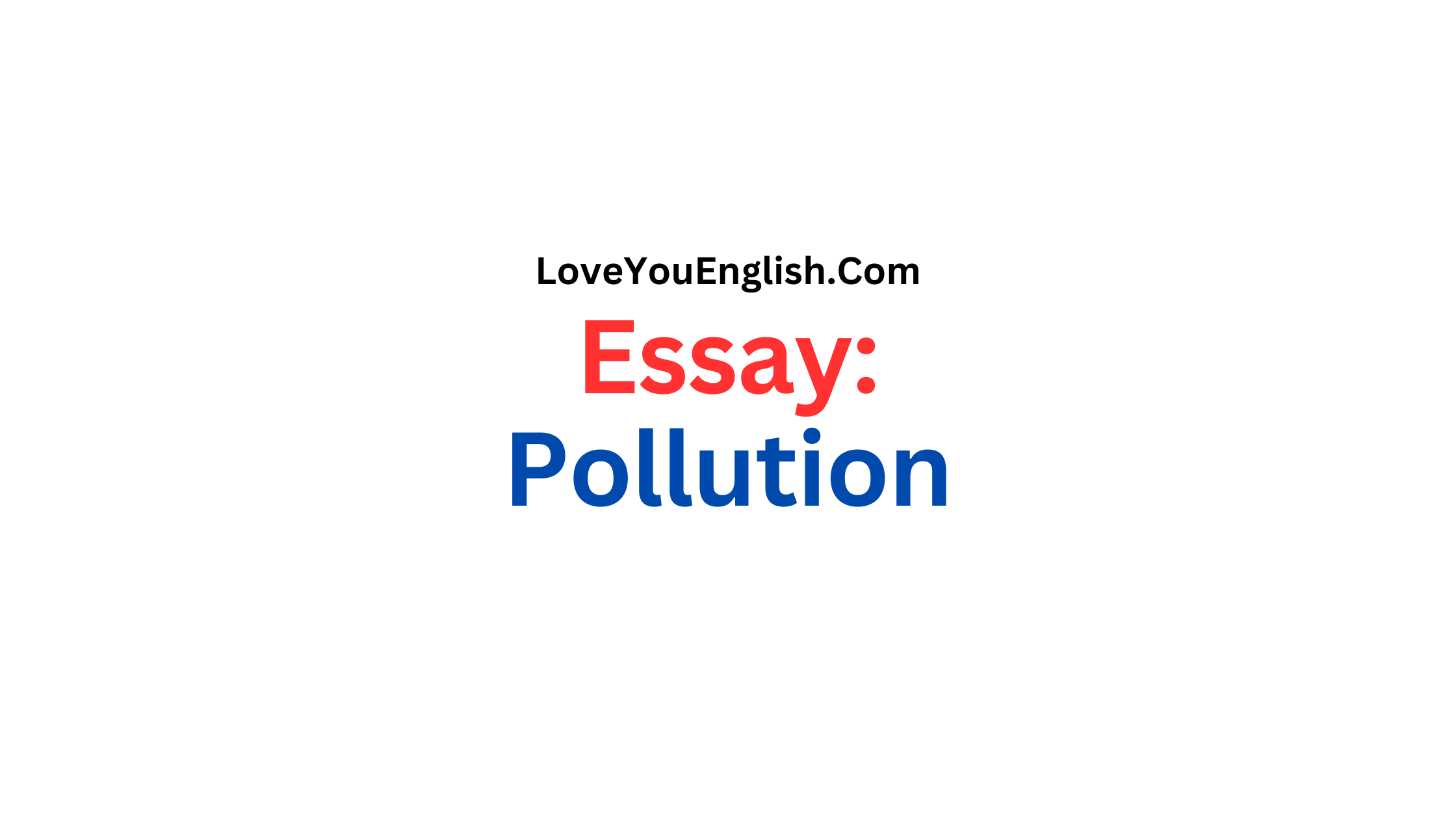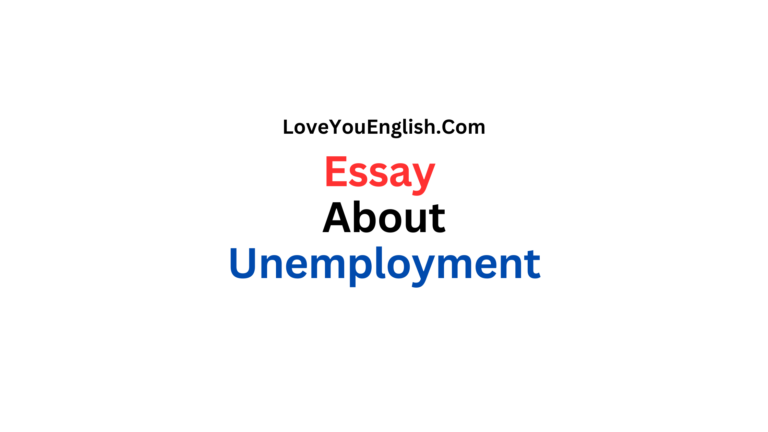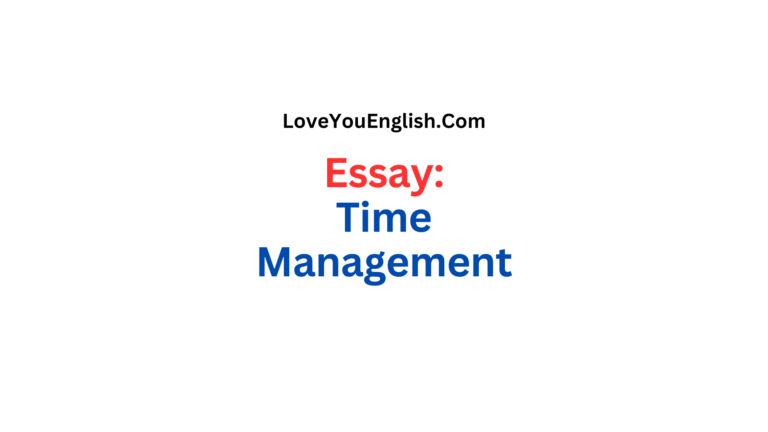Essay About Pollution Due to Urbanization
Essay About Pollution
Urbanization is when rural areas change into cities and towns, and it has been a major part of human history for a long time.
Many people move to cities looking for better jobs and living conditions, which makes cities grow quickly.
While urbanization has its perks, like better access to schools, healthcare, and jobs, it also brings serious environmental problems.
One of the biggest issues is pollution, which comes in different forms and can harm people’s health, nature, and the planet.
This essay looks at the complicated link between urbanization and pollution.
It will discuss the main types of pollution that come from city growth, what causes them, their effects, and possible solutions.
By learning more about urban pollution, we can aim to build cities that meet human needs while also protecting the environment.
Types of Pollution in Cities
Air Pollution
Air pollution is one of the most noticeable and urgent types of pollution found in cities.
As urban areas expand, the amount of harmful substances in the air increases. The main causes of air pollution in cities are:
a) Car Emissions:
The growing number of cars on the road adds a lot to air pollution by releasing harmful gases like carbon monoxide, nitrogen oxides, and tiny particles.
b) Industrial Operations:
Factories and power plants let out different pollutants, such as sulfur dioxide and volatile organic compounds.
c) Building and Demolition Work:
Activities related to construction release dust and small particles into the atmosphere.
d) Burning Fuels at Home:
In many poorer countries, using biomass fuels for cooking and heating causes both indoor and outdoor air pollution.
The effects of air pollution in cities are serious. It can cause breathing issues, heart problems, and even lead to early deaths.
Moreover, air pollution helps create smog and acid rain, which can harm buildings, plants, and bodies of water.
Urbanization has a big effect on the quality of water in cities and their surroundings.
The main reasons for water pollution in urban areas are:
a) Sewage and Wastewater:
Many fast-growing cities don’t have enough sanitation systems, which means untreated sewage often ends up in rivers and lakes.
b) Industrial Effluents:
Factories frequently dump wastewater filled with harmful chemicals into nearby water bodies.
c) Urban Runoff:
When it rains, water flows over city streets and picks up pollutants like oil, pesticides, and heavy metals before it reaches rivers and lakes.
d) Solid Waste Dumping:
Throwing away trash improperly can contaminate both surface water and groundwater.
Water pollution in cities can cause serious health problems, harm aquatic life, and make it hard to find clean water for drinking and farming.
Soil Pollution
Soil pollution in urban areas is often ignored, but it’s a serious problem.
The main sources include:
a) Industrial Activities:
Factories can release heavy metals and toxic substances that pollute the soil.
b) Improper Waste Disposal:
Trash dumps and illegal dumping can leak harmful materials into the ground.
c) Use of Pesticides and Fertilizers:
Using too many chemicals in city gardens and parks can contaminate the soil.
Soil pollution can hurt urban farming, decrease biodiversity, and even affect human health through the food we eat.
More essays:
- Essay about My School for Students and Children
- Essay About Friendship for Students and Children
- Essay on Diwali for Students and Children
- Republic Day Essay in English for students
- Essay on Holi for Students and Children
Noise Pollution
Urban areas are filled with sounds that create noise pollution, which is becoming a big problem for both the environment and our health.
The main sources of this noise include:
a) Traffic:
Cars, trains, and planes make a lot of noise in cities.
b) Construction Activities:
Building projects in cities create constant noise.
c) Industrial Operations:
Factories and other industrial sites often produce loud sounds.
Noise pollution can cause hearing problems, trouble sleeping, higher stress levels, and a lower quality of life for people living in cities.
Light Pollution
As cities expand, they use more artificial light to brighten streets, buildings, and signs.
This results in light pollution, which:
a) Disturbs natural ecosystems and the behavior of wildlife.
b) Affects human sleep patterns and biological clocks.
c) Makes it harder to see stars at night, which can interfere with stargazing.
Causes of Urban Pollution
The reasons behind urban pollution are complicated and connected, often caused by fast and unplanned city growth.
Some main factors are:
Population Growth:
More people in cities means a higher demand for resources and services, which leads to more pollution.
Inadequate Infrastructure:
Many cities, especially in developing countries, don’t have the proper systems to handle waste, sewage, and emissions well.
Industrialization:
Having many industries in cities adds a lot to different types of pollution.
Consumerism:
City life often encourages more buying, which results in more waste and using up resources.
Lack of Environmental Regulations:
In some places, weak or poorly enforced environmental laws allow pollution to go unchecked.
Urban Sprawl:
As cities spread into nearby areas, it often leads to more reliance on cars and the loss of natural spaces.
Effects of City Pollution
City pollution has many serious effects:
Health Issues:
Pollution in cities is connected to various health problems like breathing difficulties, heart diseases, cancer, and even mental health issues.
Environmental Damage:
Pollution harms ecosystems, causes a decline in wildlife, and adds to climate change.
Economic Impact:
Health problems and environmental harm from pollution lead to big financial losses due to healthcare expenses, lower productivity, and cleanup efforts.
Social Disparities:
Pollution tends to hit poorer communities harder, making social inequalities worse.
Living Conditions:
Pollution makes life in cities less enjoyable, making them less appealing places to live and work.
Ways to Reduce Urban Pollution
Tackling urban pollution needs a team effort from governments, businesses, and the public.
Here are some important strategies:
Smart City Planning:
- Using smart growth ideas to limit urban sprawl and reliance on cars.
- Adding parks and green areas to enhance air quality and support wildlife.
- Creating better public transport options to cut down on car emissions.
Better Waste Management:
- Investing in new waste treatment plants and recycling initiatives.
- Encouraging a circular economy to minimize waste.
- Enforcing strict rules on how industries dispose of waste.
Clean Energy Shift:
- Supporting the use of renewable energy in cities.
- Making buildings and factories more energy-efficient.
- Encouraging the use of electric cars and building more charging stations.
- Upgrading wastewater treatment plants.
- Setting up systems to collect rainwater and manage stormwater.
- Protecting and restoring lakes and rivers in urban areas.
Eco-Friendly Building Practices:
- Promoting construction methods that save energy and are good for the environment.
- Encouraging builders to use sustainable materials.
- Adding green roofs and vertical gardens to help clean the air and cool down cities.
Environmental Rules and Enforcement:
- Creating and enforcing strict rules to control pollution.
- Making sure that those who pollute pay for their impact to encourage cleaner practices.
- Regularly checking the environmental effects of new urban development projects.
Public Awareness and Education:
- Teaching people about pollution and how they can help prevent it.
- Encouraging sustainable living and responsible consumption.
- Getting communities involved in environmental projects.
Technological Innovation:
- Putting money into research and development for clean technologies.
- Using smart city ideas to manage resources more efficiently.
- Applying data and artificial intelligence to improve environmental monitoring and decision-making.
Conclusion
Urban growth and the pollution that comes with it are some of the biggest problems we face today.
As cities expand, the need for sustainable development becomes more important than ever.
Tackling urban pollution needs a complete approach that looks at how different parts of the city work together and what the people living there need.
Even though the challenges seem tough, there is hope.
Many cities worldwide are taking creative actions to fight pollution and enhance the environment.
For example, Singapore is working on green building projects, and San Francisco has strong waste management programs.
These cities show that it’s possible to grow while also caring for the environment.
The future of our cities relies on how well we can handle the pollution crisis.
By adopting sustainable methods, using technology wisely, and encouraging a sense of environmental responsibility, we can build urban areas that are not just busy centers for business and culture but also places with clean air, water, and soil.
The journey to sustainable urbanization is tough, but it’s a journey we need to take for the health of our planet and the well-being of future generations.







